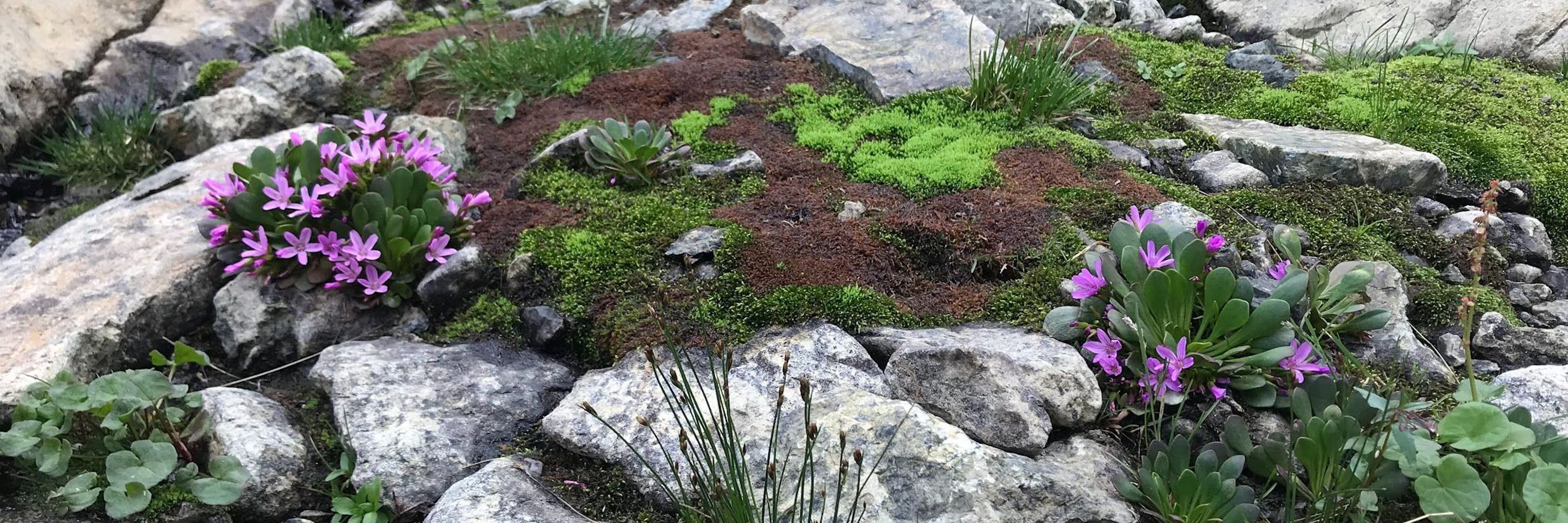Nobody Nursery
@nobodynursery.bsky.social
370 followers
420 following
890 posts
a small nursery building biodiversity by specializing in Washington-native plants that are otherwise commercially unavailable, located on the land of the spuyaləpabš (Puyallup) people in Des Moines, WA.
NobodyNursery.com
🏳️🌈🏳️⚧️
Posts
Media
Videos
Starter Packs





















